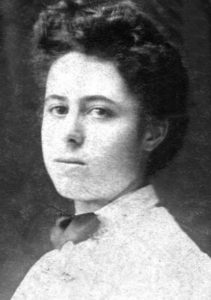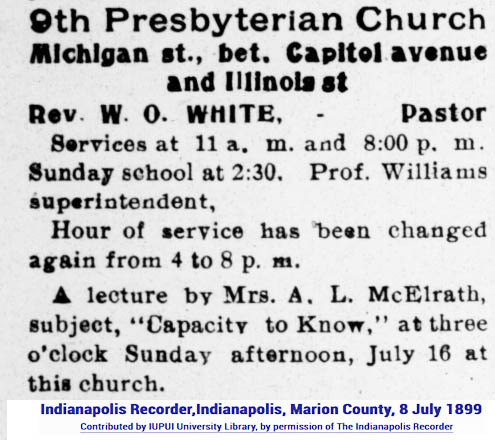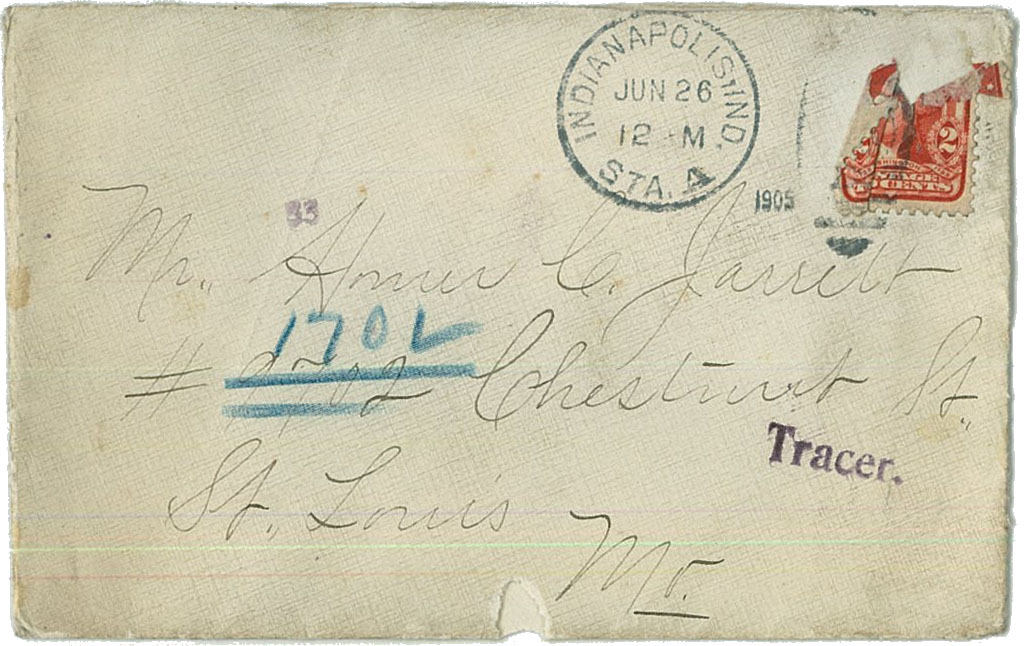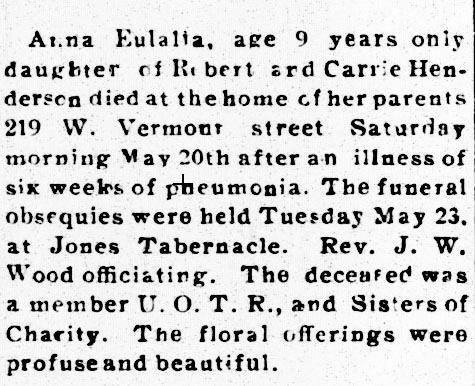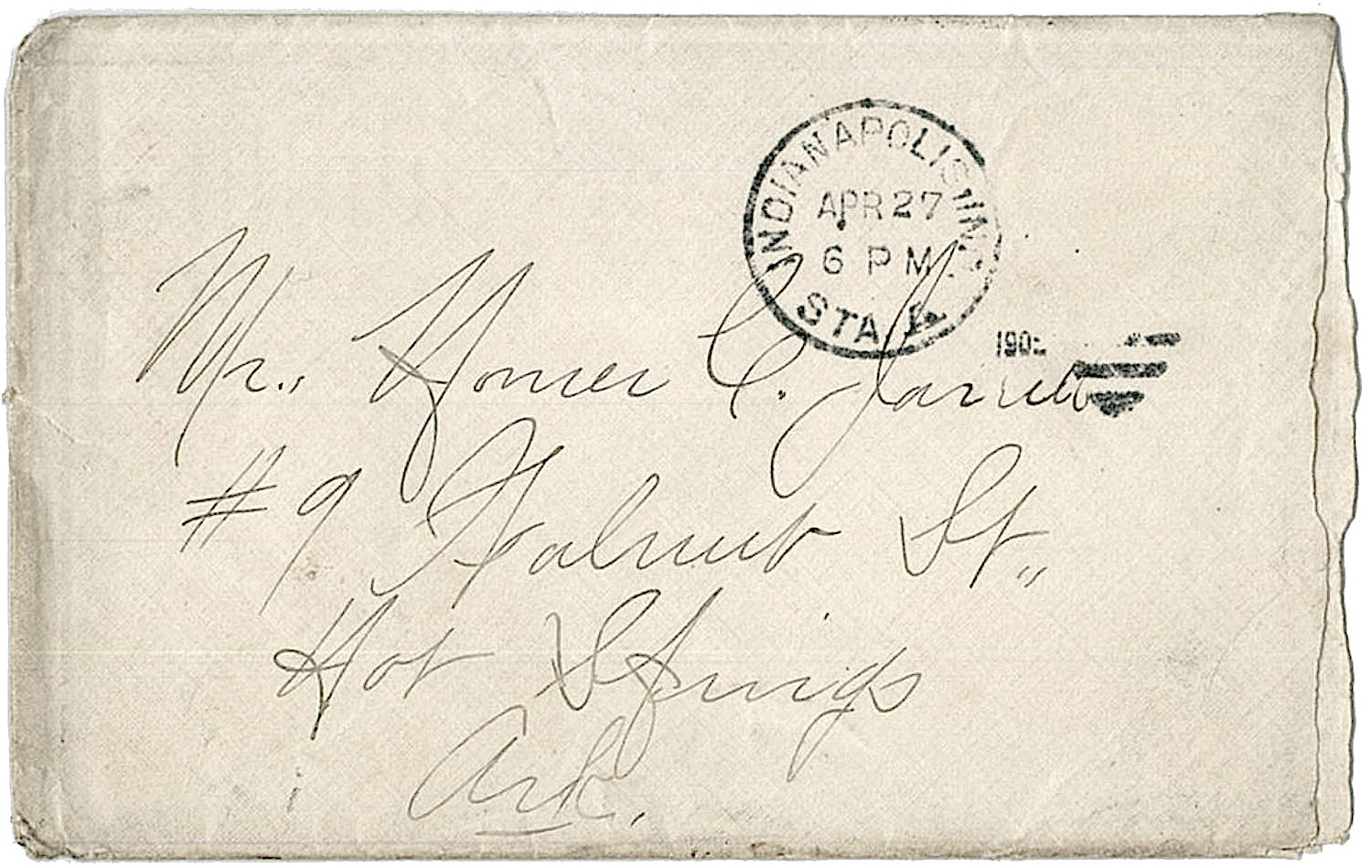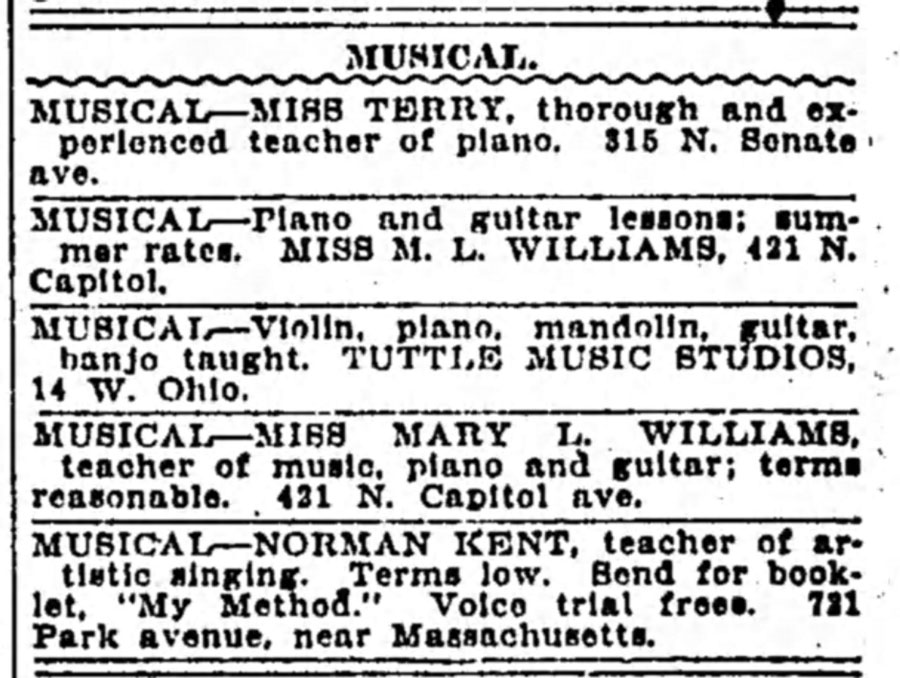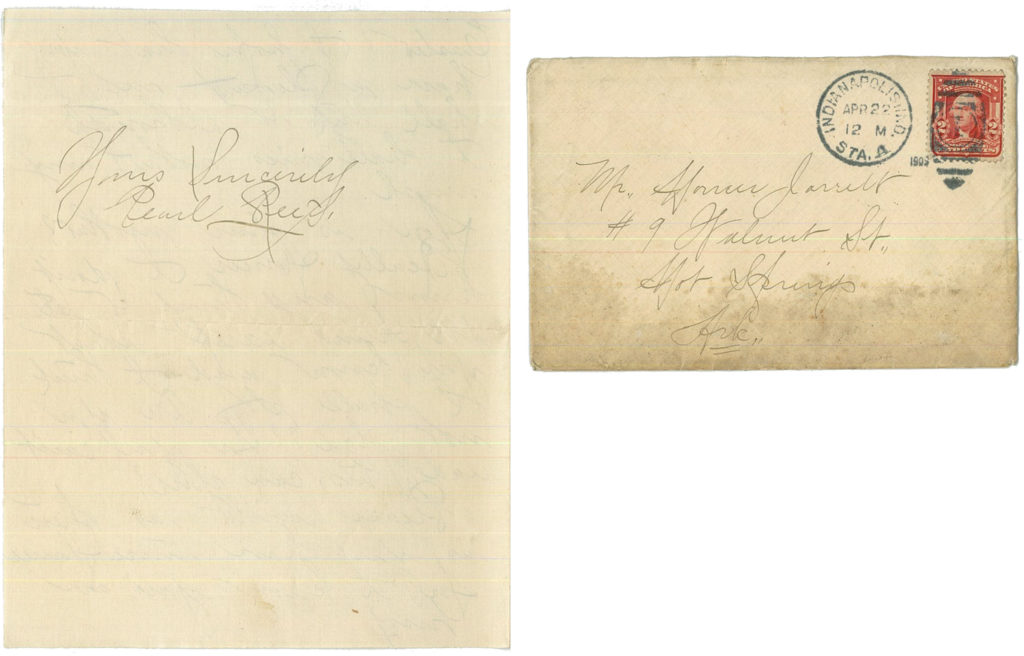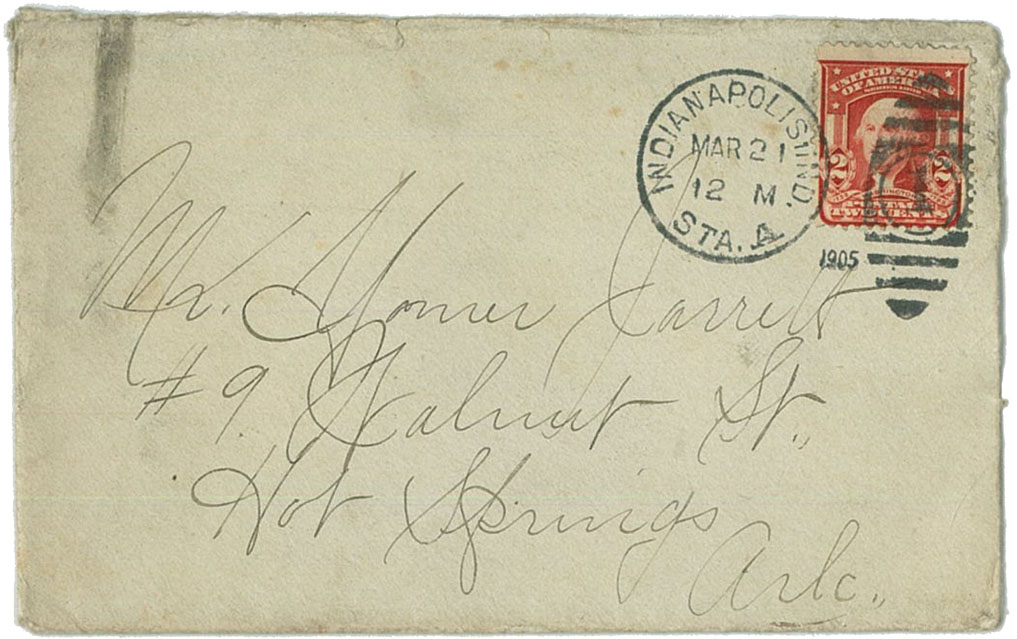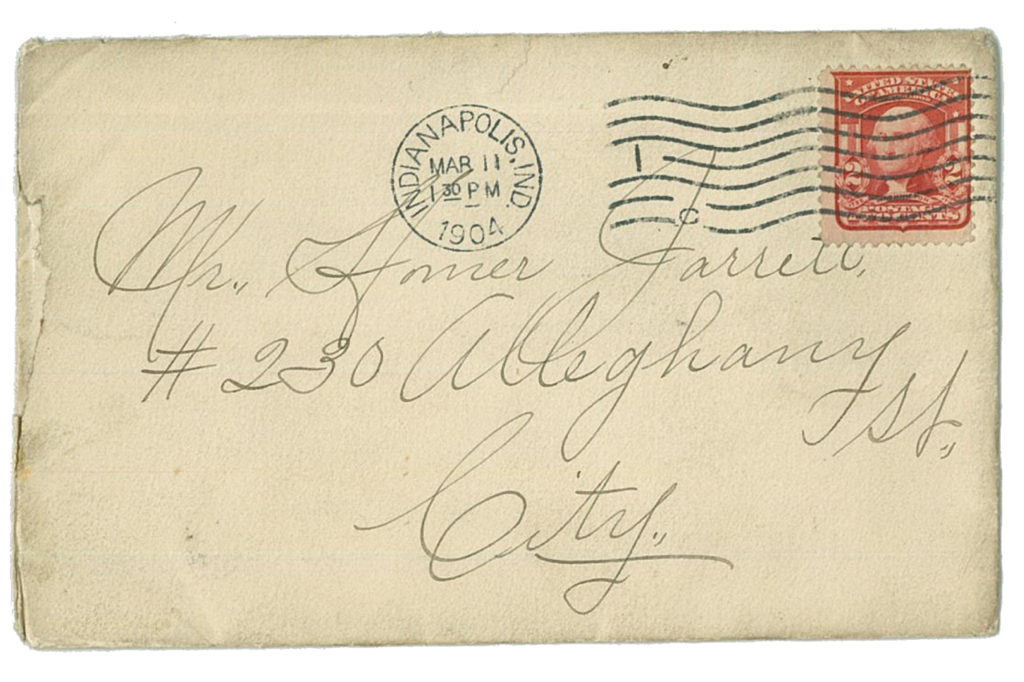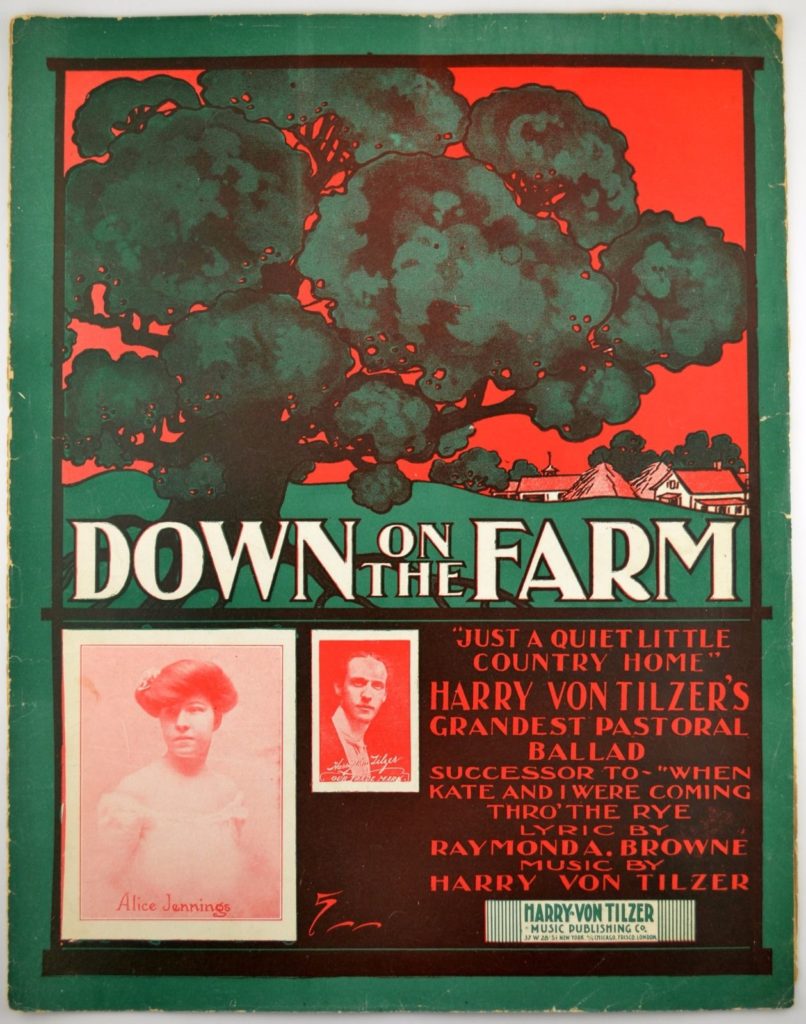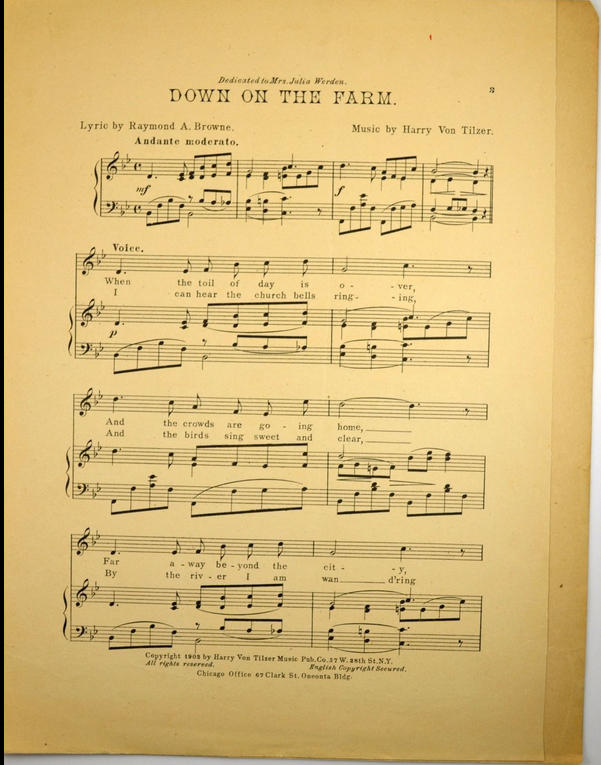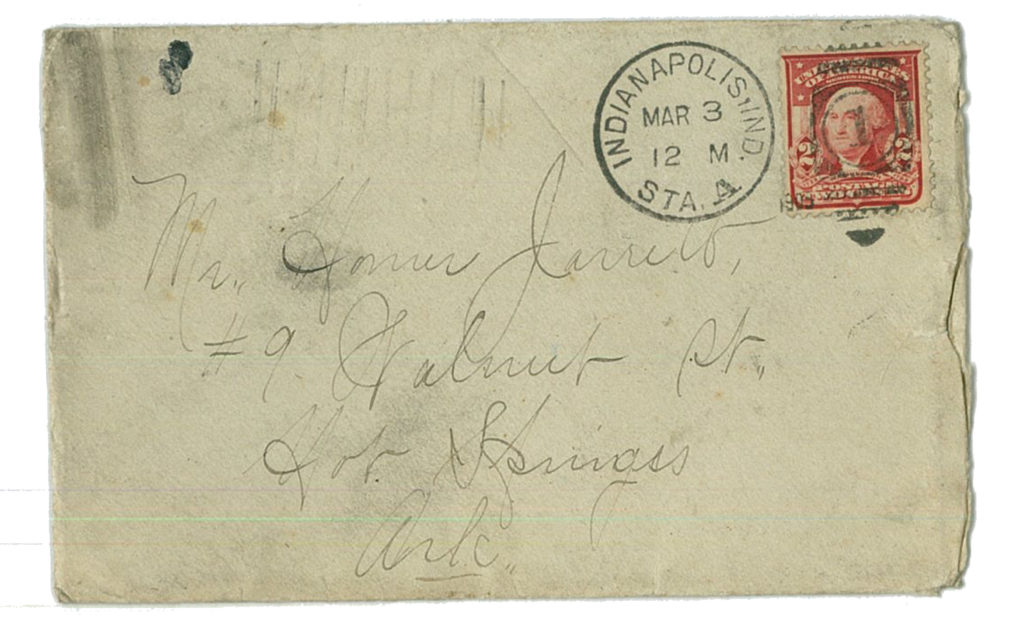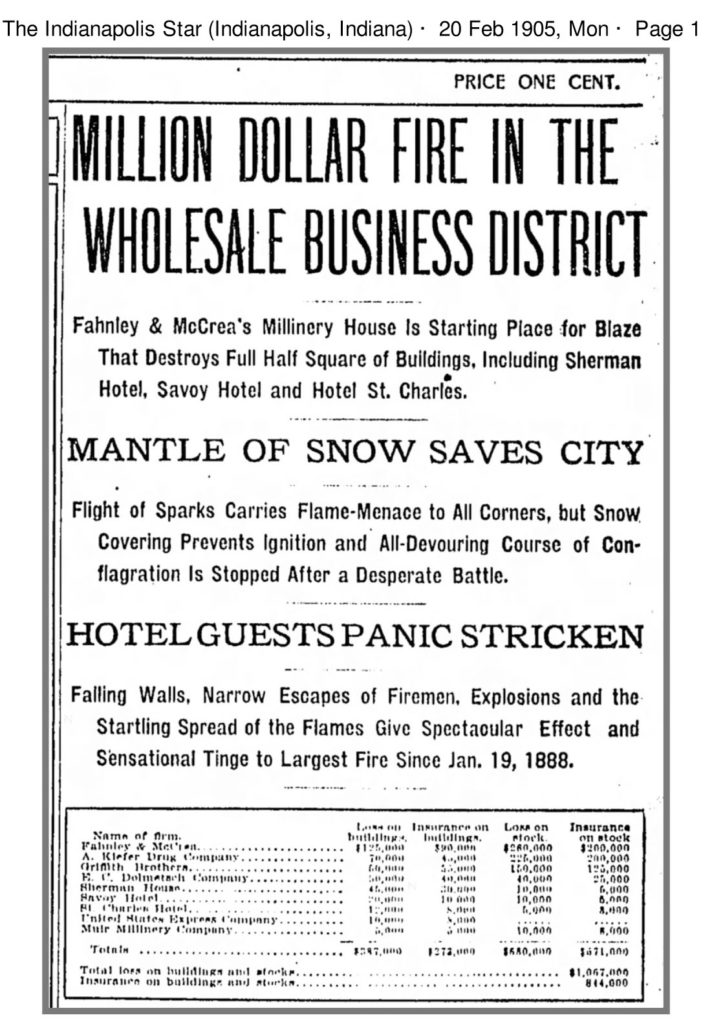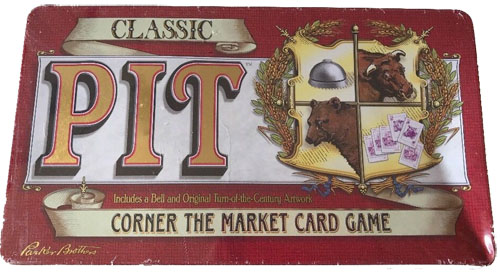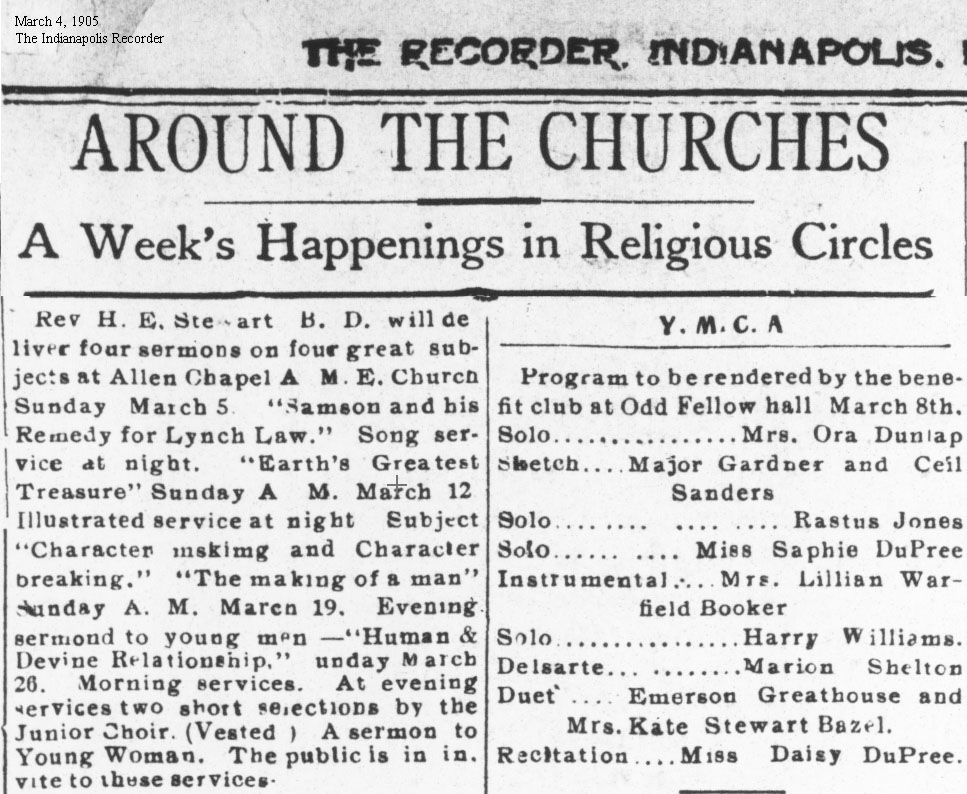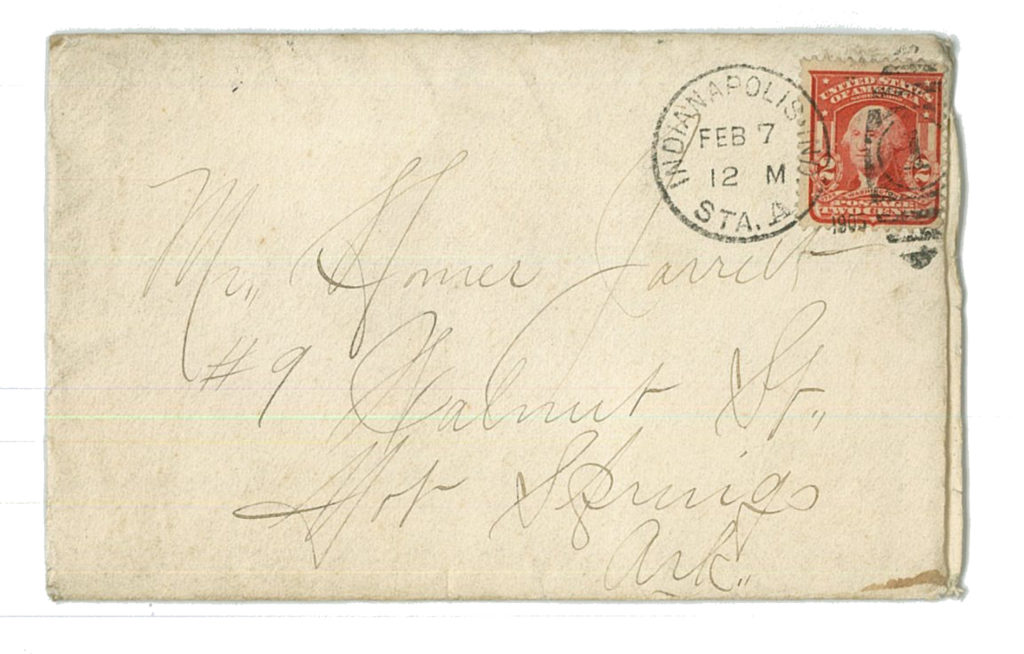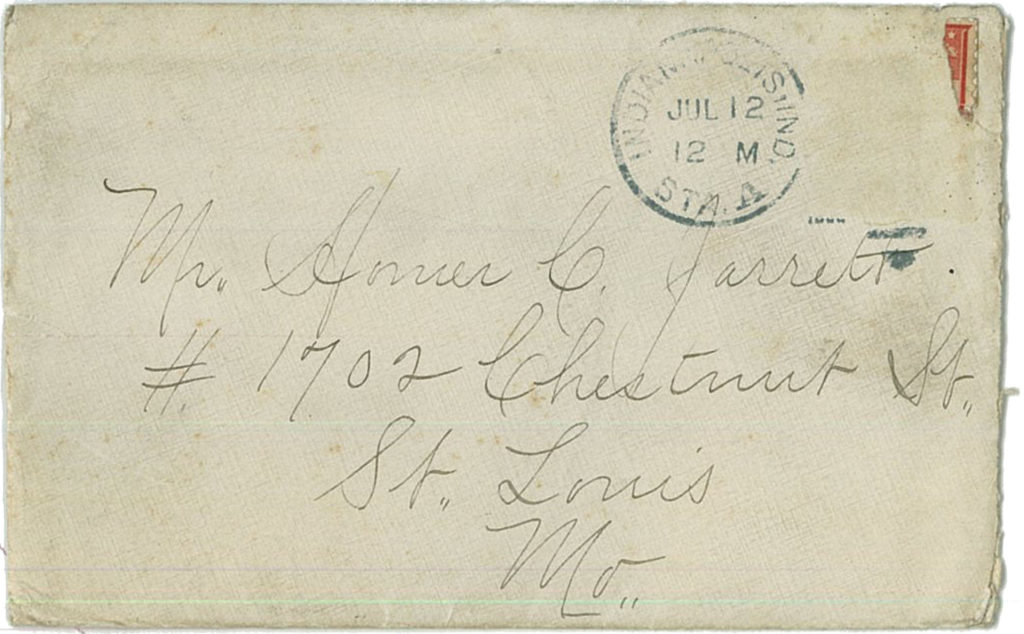
Homer Jarrett
1702 Chestnut St.
St. Louis, MO
2730 Kenwood
July 11, 1905
Mr. Jarrett,
Dear Homer, your letter came this morning just as I was starting downtown. Was very glad to hear from you so soon, but sorry that you showed the picture to your landlady, for I have an idea that I would not like her one bit Homer, please don’t show it to anyone else, will you? It came to you, not the people of St. Louis generally.
How are you? Well, I hope. I am very well myself. Glad that your mother is quite well also. Mother is well and I think we all feel better for her coming home. She is just telling me to tell you that she would like to see you, also to forward her love and best wishes.
O Homer the band at Fairbanks is playing O just lovely and something very sad and yet again strangely gay. O I just love good music, you do too, do you not? Now they are playing a song that Minnie use to have me sing for her. You don’t know how we miss her and the babies Homer.
We were at Allen Chapel Sunday Morning and heard good music and a very good sermon. I have not visited my own church for a few weeks. We are divided into clubs for the purpose of raising funds to pay for the new additions in the rear and Homer, believe me, I have not asked one person for aid. Mr. Williams will think me an odd number I suppose, but really, I just can’t beg like they expect you to do.
You spoke of you coming back Homer, and ask me to speak truthfully. Of course I have six relations and acquaintances but would be very much pleased to have you too, believe me Homer. Would I forgive you and wait until the flowers bloom again, why Homer use your own judgment about coming back. You know what is best for you to do. Do not consider my feelings at all Homer, friend because I would forgive you and like you just the same if you concluded not to return at all, believe me. I would know that it was the best that could have “happened.” That you was at some place that pleased you and afforded you better employment. Homer the band is now playing “My old Kentucky Home” and I am sleepy. All are in bed and asleep. You are tired too of this stuff are you not?
Yours sincerely,
Pearl D. Reed
____________________
I wondered what church my grandmother attended. I had an idea it was 9th Presbyterian Church because she met my grandfather at church several years later and they were both founding members of Witherspoon United Presbyterian Church, which was started by members of 9th Presbyterian. She seems to have attended Allen Chapel quite often, but always referred to “her church”. I believe the Prof. Williams, superintendent of Sunday School at 9th Presbyterian Church, is the Mr. Williams she refers to in this letter to Homer.
